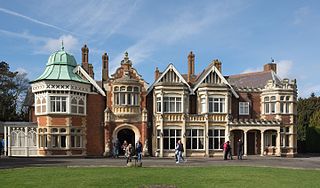
Bletchley Park is an English country house and estate in Bletchley, Milton Keynes (Buckinghamshire) that became the principal centre of Allied code-breaking during the Second World War. The mansion was constructed during the years following 1883 for the financier and politician Sir Herbert Leon in the Victorian Gothic, Tudor, and Dutch Baroque styles, on the site of older buildings of the same name.

Ultra was the designation adopted by British military intelligence in June 1941 for wartime signals intelligence obtained by breaking high-level encrypted enemy radio and teleprinter communications at the Government Code and Cypher School (GC&CS) at Bletchley Park. Ultra eventually became the standard designation among the western Allies for all such intelligence. The name arose because the intelligence obtained was considered more important than that designated by the highest British security classification then used and so was regarded as being Ultra Secret. Several other cryptonyms had been used for such intelligence.

The Naval Intelligence Division (NID) was created as a component part of the Admiralty War Staff in 1912. It was the intelligence arm of the British Admiralty before the establishment of a unified Defence Intelligence Staff in 1964. It dealt with matters concerning British naval plans, with the collection of naval intelligence. It was also known as "Room 39", after its room number at the Admiralty.

Fish was the UK's GC&CS Bletchley Park codename for any of several German teleprinter stream ciphers used during World War II. Enciphered teleprinter traffic was used between German High Command and Army Group commanders in the field, so its intelligence value (Ultra) was of the highest strategic value to the Allies. This traffic normally passed over landlines, but as German forces extended their geographic reach beyond western Europe, they had to resort to wireless transmission.

The bombe was an electro-mechanical device used by British cryptologists to help decipher German Enigma-machine-encrypted secret messages during World War II. The US Navy and US Army later produced their own machines to the same functional specification, albeit engineered differently both from each other and from Polish and British bombes.
Cryptanalysis of the Enigma ciphering system enabled the western Allies in World War II to read substantial amounts of Morse-coded radio communications of the Axis powers that had been enciphered using Enigma machines. This yielded military intelligence which, along with that from other decrypted Axis radio and teleprinter transmissions, was given the codename Ultra.

Hut 8 was a section in the Government Code and Cypher School (GC&CS) at Bletchley Park tasked with solving German naval (Kriegsmarine) Enigma messages. The section was led initially by Alan Turing. He was succeeded in November 1942 by his deputy, Hugh Alexander. Patrick Mahon succeeded Alexander in September 1944.
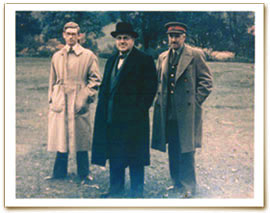
Sir Francis Harry Hinsley, was an English historian and intelligence officer. He worked at Bletchley Park during the Second World War and wrote widely on the history of international relations and British Intelligence during the Second World War. He was known as Harry Hinsley.
Commander Alexander "Alastair" Guthrie Denniston was a Scottish codebreaker in Room 40, deputy head of the Government Code and Cypher School (GC&CS) and hockey player. Denniston was appointed operational head of GC&CS in 1919 and remained so until February 1942.
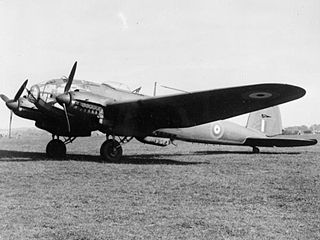
Operation Ruthless was the name of a deception operation devised by Ian Fleming in the British Admiralty during World War II, in an attempt to gain access to German Naval Enigma codebooks.
The B-Dienst, also called xB-Dienst, X-B-Dienst and χB-Dienst, was a Department of the German Naval Intelligence Service of the OKM, that dealt with the interception and recording, decoding and analysis of the enemy, in particular British radio communications before and during World War II. B-Dienst worked on cryptanalysis and deciphering (decrypting) of enemy and neutral states' message traffic and security control of Kriegsmarine key processes and machinery.

Hut 6 was a wartime section of the Government Code and Cypher School (GC&CS) at Bletchley Park, Buckinghamshire, Britain, tasked with the solution of German Army and Air Force Enigma machine cyphers. Hut 8, by contrast, attacked Naval Enigma. Hut 6 was established at the initiative of Gordon Welchman, and was run initially by Welchman and fellow Cambridge mathematician John Jeffreys.
John William Jamieson Herivel was a British science historian and World War II codebreaker at Bletchley Park.
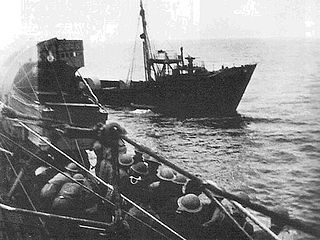
Lauenburg was a German weather ship used in the early years of the Second World War to provide weather reports for German shipping, particularly German U-boats. After the German use of such vessels had been identified as a weakness that could be exploited to break the Enigma code, Lauenburg was captured and sunk on 28 June 1941. The Royal Navy acquired important German code books and parts of an Enigma machine.
Before the development of radar and other electronics techniques, signals intelligence (SIGINT) and communications intelligence (COMINT) were essentially synonymous. Sir Francis Walsingham ran a postal interception bureau with some cryptanalytic capability during the reign of Elizabeth I, but the technology was only slightly less advanced than men with shotguns, during World War I, who jammed pigeon post communications and intercepted the messages carried.
Hut 7 was a wartime section of the Government Code and Cypher School (GC&CS) at Bletchley Park tasked with the solution of Japanese naval codes such as JN4, JN11, JN40, and JN-25. The hut was headed by Hugh Foss who reported to Frank Birch, the head of Bletchley's Naval section.
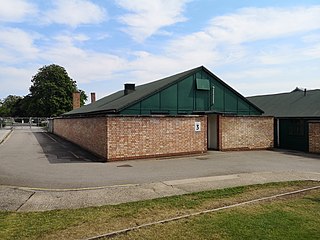
Hut 3 was a section of the Government Code and Cypher School (GC&CS) at Bletchley Park during World War II. It retained the name for its functions when it moved into Block D. It produced military intelligence codenamed Ultra from the decrypts of Enigma, Tunny and multiple other sources. Hut 3 thus became an intelligence agency in its own right, providing information of great strategic value, but rarely of operational use. Group Captain Eric Malcolm Jones led this activity from 1943 and after the war became deputy director, and in 1952 director of GCHQ. In July 1945, General Dwight D. Eisenhower Supreme Commander of Allied forces wrote to Sir Stewart Menzies, Chief of the British Secret Intelligence Service (MI6) saying inter alia:
"The intelligence that has emanated from you before and during this campaign has been of priceless value to me. It has simplified my task as commander enormously. It has saved thousands of British and American lives and, in no small way, has contributed to the speed with which the enemy was routed and eventually forced to surrender."
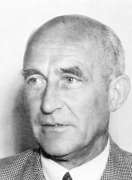
Wilhelm Tranow was a German cryptanalyst, who before and during World War II worked in the monitoring service of the German Navy and was responsible for breaking a number of encrypted radio communication systems, particularly the Naval Cypher, which was used by the British Admiralty for encrypting operational signals and the Naval Code for encrypting administrative signals. Tranow was considered one of the most important cryptanalysts of B-service. He was described as being experienced and energetic. Little was known about his personal life, when and where he was born, or where he died.

About 7,500 women worked in Bletchley Park, the central site for British cryptanalysts during World War II. Women constituted roughly 75% of the workforce there. While women were overwhelmingly under-represented in high-level work such as cryptanalysis, they were employed in large numbers in other important areas, including as operators of cryptographic and communications machinery, translators of Axis documents, traffic analysts, clerical workers, and more. Women made up the majority of Bletchley Park’s workforce, most enlisted in the Women’s Royal Naval Service, WRNS, nicknamed the Wrens.













